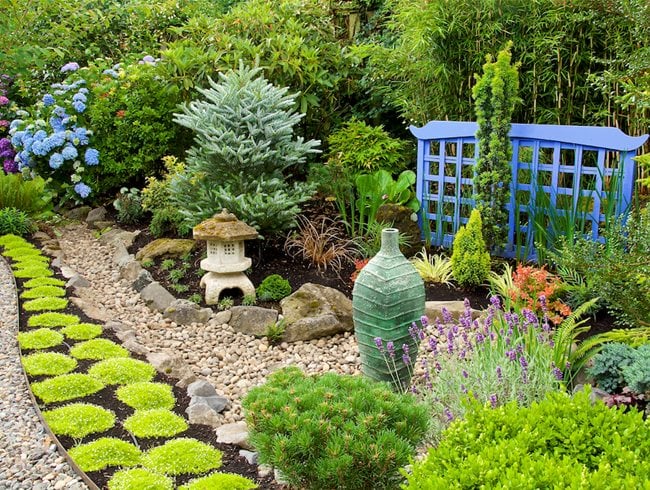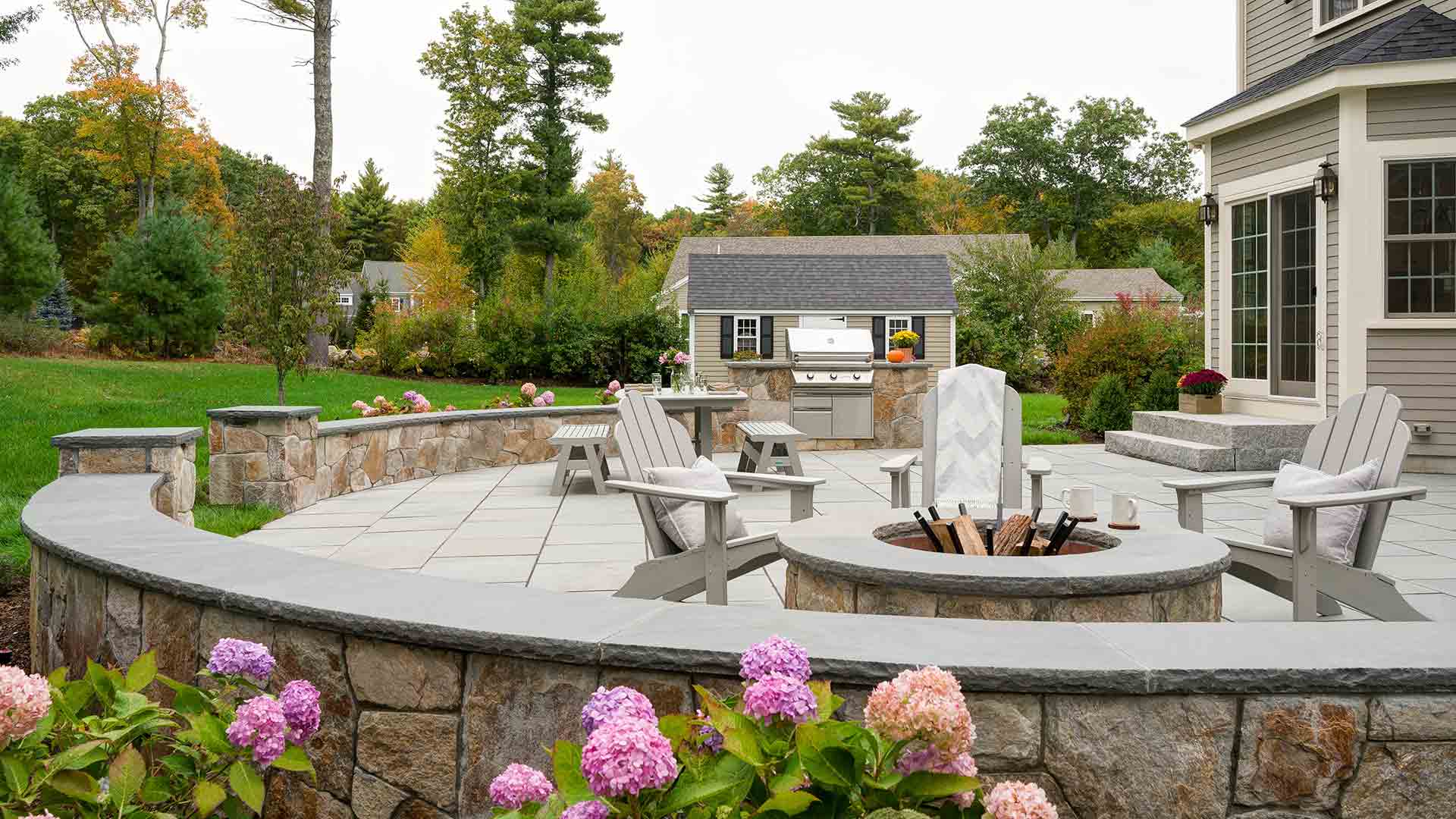6 Simple Techniques For Landscapers
6 Simple Techniques For Landscapers
Blog Article
More About Landscapers
Table of ContentsNot known Facts About LandscapersHow Landscapers can Save You Time, Stress, and Money.Excitement About LandscapersGetting My Landscapers To WorkNot known Details About Landscapers
- A tree or shrub (shrub) that loses its leaves in winter season. In the PNW there are semi-deciduous or semi-evergreen plants that may lose their leaves depending on how cool the winter is. Abelia and some hebe are examples. Landscapers. - A level gathering area, constructed from wood or composite material (made to resemble wood), generally adjacent or connected to a framework.

This is an all-natural procedure, and the outcome can be used for paths and patios. - Trick landscape functions being recommended in a landscape layout strategy.
Not known Incorrect Statements About Landscapers
These objectives assist the layout procedure, not the designer's design or choices. Common design purposes in Portland are reduced maintenance, drought tolerant, and animal pleasant. - Process for removing or thinning the dead reduced level of a fully grown lawn. Thatch is yard that has died and collected below the environment-friendly blades.
Over time this layer can get really thick and make it challenging for water, sunlight, and nutrients to get to sections of the grass.- The procedure of gathering and controlling the flow of water on a building. This can be performed with grading, French drains pipes, dry wells, absorptive surfaces, sump pump, rainfall gardens, and more.
Properties at the base of hills, with natural springtimes, or filled with hefty clay have the most drainage problems.- A sluggish feeding irrigation system that makes use of versatile tubes and emitters to send out a precise quantity of water per plant. This is one of the most reliable method of irrigating plants. - The capability of a plant to survive without much summertime water.
- A garden feature where water is represented by an aggregate stone item, typically a gravel or granite. These are most frequently found in modern and Japanese garden layout.- A stone or flagstone outdoor patio, course, or pathway built without a concrete base. The base would certainly be compressed gravel and the joints would be an accumulation or walkable ground cover.
Fascination About Landscapers
- A stone keeping or cost-free standing wall surface constructed without the usage of mortar. - A below ground framework that gather water and allows it to slow percolate right into the soil around it.
Landscape style that is compatible with a websites' atmosphere view publisher site in both appearance and sustainability without adverse influences to the environment. Bordering in the landscape is a line of demarcation that produces visual interest in the garden by separating one section from one more segment.
Locations can additionally have a sensation of "enclosure" provided by trees, other growings, fences, or displays. The landscape near the entry to a building.
A plant that is not native to the place where it will be grown. Thicker bladed lawn lawn that spread out by means of rhizomes.: The level of soil on your residential property prior to bark dirt or compost is spread.
The Buzz on Landscapers

The function, factor, or action that a location is be landscaped for. Space for growing plants for watching, eating, or physical activity.
Low plants that are enabled or urged to spread out over an area. Can refer to any type of "difficult" yard elements consisting of statuary or rocks but many frequently is used to refer to paths, outdoor patios, and walls.: Elevation distinction in click for more info between the degree of water in a fish pond (or the degree of the pump if it sits outside the pond) and the upper outlet of water which affects efficiency of the water pump in gph (gallons per hour).

The smart Trick of Landscapers That Nobody is Talking About
Conventional PNW landscapes are casual. A plant that spreads even more than desired, or into environments where it does damage.
Can consist of head placements and coverage, pipe sizing, GPM specs, and products required to mount this system. Accredited professional who develops landscapes, coached in design and style as well as in cultivation.
The professional who plans and establishes landscape jobs, normally at a household or small commercial level with the significant design inspiration on growings. Landscape Learn More developers usually have much less education than Landscape Architects and are not certified. A completed landscape style, outlining all aspects for the new landscape. This typically takes the kind of an illustration theoretically.
Calcium product made use of to increase the pH in soil, which will make it much less friendly to moss. A water tight HDPE material used below fish ponds, streams and waterfalls in water functions. Using many growings of the very same range to fill in an area in the landscape. This can decrease upkeep and water use in the garden.
Report this page